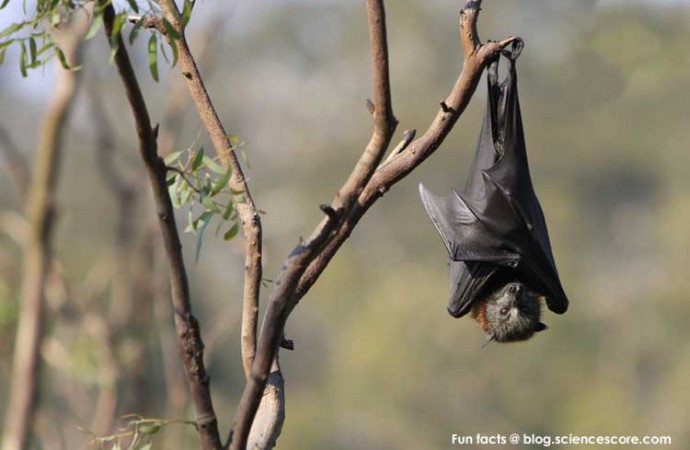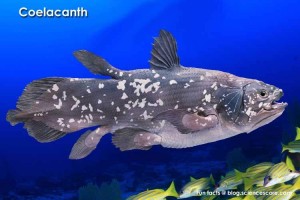If you’ve ever tried to make your way through a room at night with the lights off, you know how frustrating it can be to try to find your way through a place you can’t see. Imagine what it’s like for animals that come out at night, or that spend their lives in dark, murky
If you’ve ever tried to make your way through a room at night with the lights off, you know how frustrating it can be to try to find your way through a place you can’t see. Imagine what it’s like for animals that come out at night, or that spend their lives in dark, murky water, who experience this all the time! Fortunately, many animals have come up with a way to see using sound: it’s called echolocation!
Have you ever wondered why bats have such big ears? It’s because they hunt using echolocation. Bats see about as well as we do – which means they don’t see very well at night! Instead, they make a high-pitched cry that travels outward from the bat’s position. When it bounces off something, like a tasty moth or a tree in the way, the sound wave returns to the bat and is picked up by it’s big ears. The bat uses the size of the bounced sound and the speed it returns at to figure out what’s around it and how close they are.
Toothed whales and dolphins also use echolocation, as it can be difficult to see things in dark water at the depths that marine mammals dive. They use a similar method to the bat: the emit a series of clicks that travel through the water and bounce off fish or predators. The big fleshy “melon” at the front of the head helps focus the sound beam, and the whale’s jaw acts as the receiver that sends the sounds to the ears.
Oilbirds and swifts, which fly at night, and shrews, which have poor vision, also use echolocation to help them get around in their environments. Sound can be very useful when an animal can’t see!
















































Leave a Reply